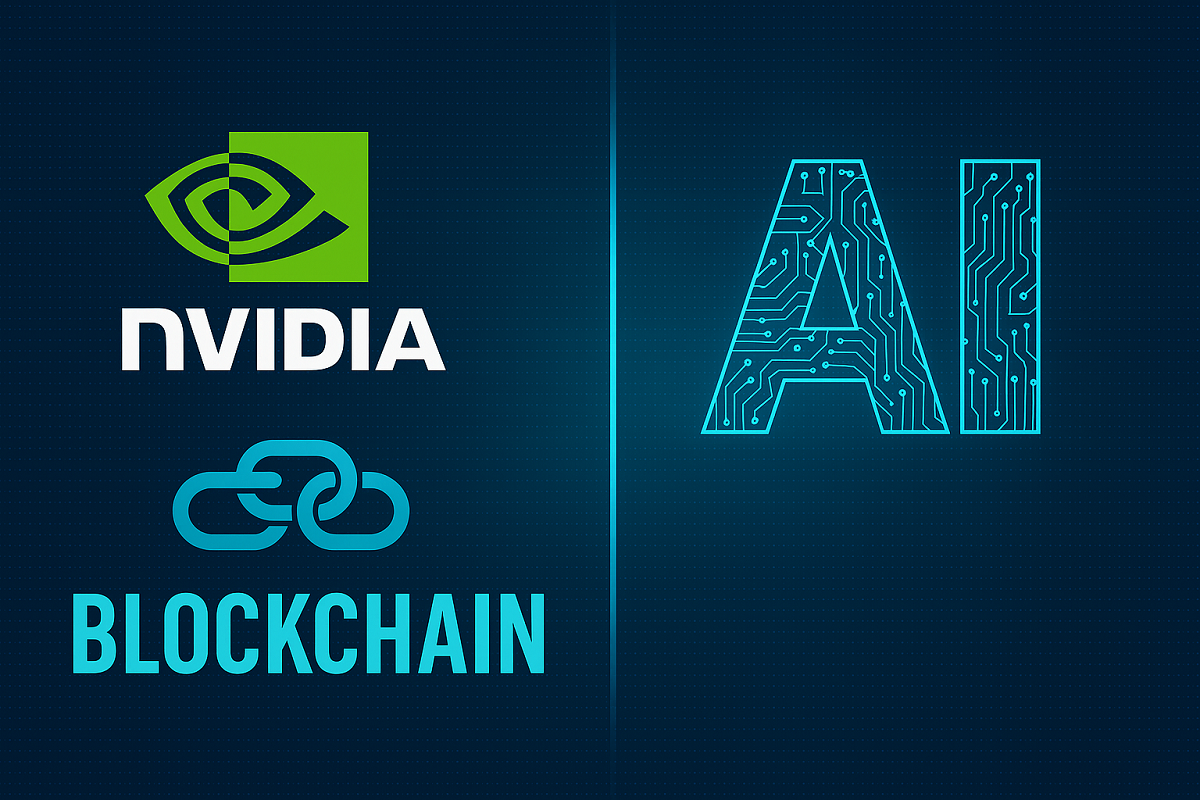In the ever-evolving tech landscape, Nvidia is once again making headlines—this time for its decisive shift in focus. Once a major player in the cryptocurrency mining boom, Nvidia is now moving away from blockchain initiatives in favor of artificial intelligence (AI). But what does this shift really mean? And how does it impact the broader tech ecosystem? Let’s break it down.
Exiting the Blockchain Space
Nvidia recently announced it will no longer accept blockchain and cryptocurrency startups into its “Inception” accelerator program. Traditionally, this program provided startups with access to technical resources, discounted GPUs, and investor networks.
The move is a clear signal: Nvidia is refocusing its resources on what it sees as more sustainable and innovative sectors, including AI, robotics, and high-performance computing. For many in the tech community, it marks the end of an era in which Nvidia’s hardware played a central role in crypto mining.
Lawsuit Over Past Crypto Practices
Adding to Nvidia’s blockchain distancing is a recent U.S. Supreme Court decision allowing a class-action lawsuit against the company to proceed. The lawsuit alleges Nvidia misled investors about the extent of its revenue tied to cryptocurrency mining. The outcome of this case could have significant financial implications—and could impact investor confidence going forward.
Export Ban to China Sparks Market Reaction
Geopolitical tensions have dealt Nvidia another blow. The U.S. government has banned exports of Nvidia’s latest AI chips (the H20 series) to China, leading to an anticipated revenue loss of $5.5 billion. Nvidia’s stock dropped 8% on the news—dragging down sentiment in both tech and crypto markets.
Strategic Blockchain Collaborations Still in Play
Despite stepping back from the crypto world, Nvidia hasn’t completely turned its back on blockchain. The company recently partnered with Hedera Hashgraph to develop decentralized AI systems. The goal? Make AI-generated data more secure and verifiable using Hedera’s public ledger technology.
On the global stage, Nvidia is also partnering with the government of El Salvador—known for its Bitcoin-friendly policies—to build a “sovereign AI” infrastructure. This collaboration aims to power national digital innovation strategies with Nvidia’s cutting-edge technologies.
From Crypto Craze to AI Core
Nvidia’s pivot reflects a broader industry trend: as blockchain’s volatility and regulatory risks grow, AI is emerging as a more stable and scalable frontier. While rivals like AMD and Intel continue exploring crypto-related opportunities, Nvidia appears fully committed to leading the AI revolution.
Final Thoughts: A Calculated Course Correction
Nvidia’s strategic realignment shows just how agile tech giants must be to stay ahead. While leaving the blockchain arena may seem abrupt, the company’s growing emphasis on AI signals long-term vision and market maturity.
For developers, investors, and startups, the message is clear: if you want to work with Nvidia, don’t just talk blockchain—talk transformers, data pipelines, and decentralized machine learning.




